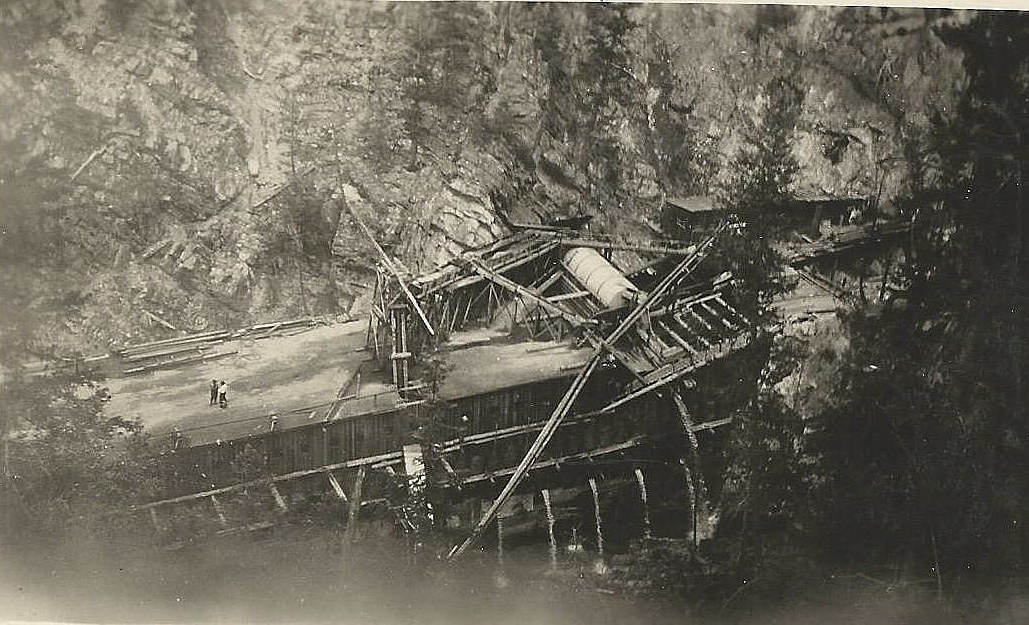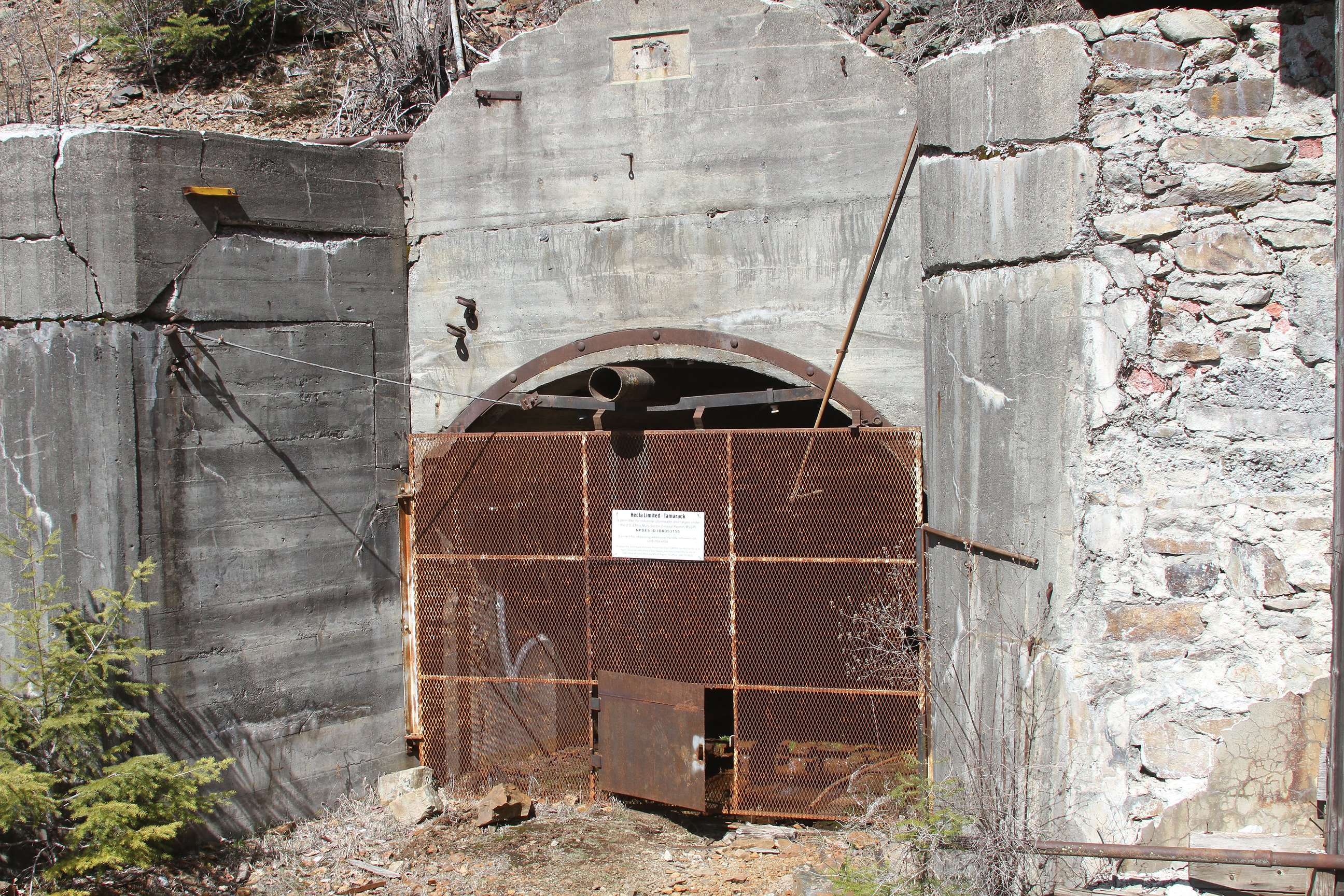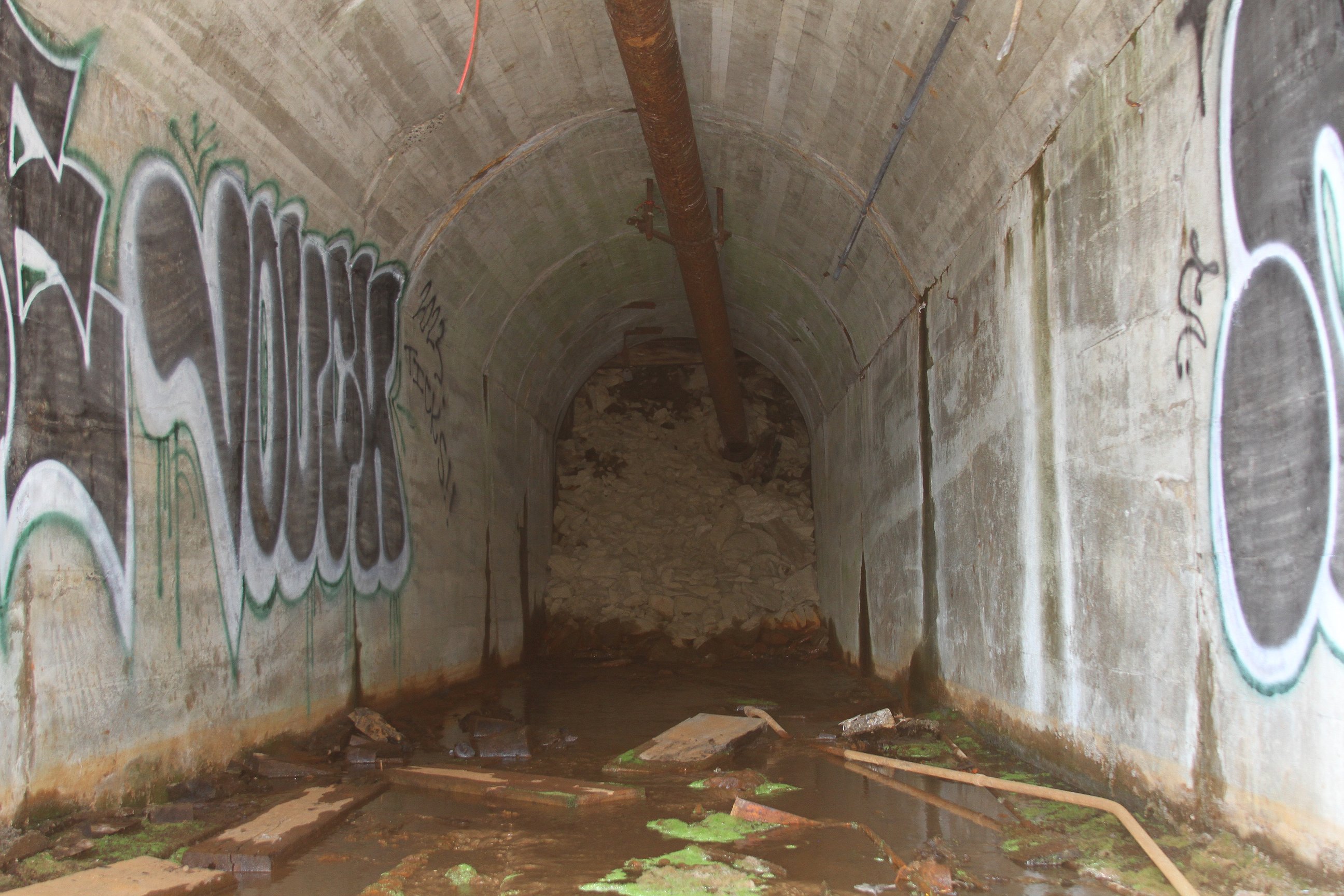MAY NIBJ: Take a drive through history
It seems like an antiquated notion, to simply get in the car and go for a drive.
But in 2024, as fewer people are emphasizing owning their own vehicles, the idea of taking a drive has become a novelty that many people are rediscovering.
In Idaho, ghost towns have multiple meanings.
It can refer to a place that might have a high amount reported supernatural occurrences, or it can take a more traditional approach and mean a deserted town with little to no inhabitants.
100 years ago, Idaho was the hub of many industries, but mining was king.
Today, mining still holds a tight grip on the region, but tourism has become Idaho’s golden goose.
Everyone knows about Coeur d’Alene, Sandpoint, and even Wallace, but the things that people really want to see are those hidden spots, the places that the world has swallowed up and reclaimed.
They want to know why they were there and why they are gone.
Cruel fate or man’s hubris, tragic or triumphant. It’s history and lore they crave and, truthfully, the darker the better.
Burke Canyon is one of these places, Boulder City is another.
They are places where, if a person tries hard enough, the memories of bygone eras can be seen and felt.
These two locations are bookends on a vast spectrum of ghost towns in Idaho – Burke Canyon, the former location of one of the richest mining communities in the history of the United States, and Boulder City a simple mining camp founded on delusions of grandeur.
Both of these places can be visited – if you know where you’re going and what you’re looking for.
In North Idaho, almost every early settlement was tied specifically to the mining industry. This included logging settlements, merchant crossings, boat/ferry services, and train stations.
Nearly two decades after the founding of Bonners Ferry in 1893, J.M. Schnatterly founded his mining camp, Boulder City.
Schnatterly claimed (but never actually proved) to have discovered the largest radium vein in known history and because of this claim, he was able to secure enough outside funding to build a mining town.
The location of Schnatterly’s town was reportedly based on a two-fold decision. The nearby community of Leonia offered uniquely convenient access to the railroad, and he owned the water rights to Boulder Creek – because of these reasons he chose a large flat area on the edge of Boulder Creek Gorge, overlooking his exclusive flowing water.
The location also forced Schnatterly to cut a road to access it, which, based on the terrain, was no easy task.
Reportedly, this town never grew to be more than a semi-permanent mining camp of 150 people, but that didn’t stop Schnatterly, or the fortune seekers he attracted, from building several structures to give the camp a more civilized and serious look.
Even in his failures, Schnatterly was revered among his peers, who believed he would deliver on his promises of unearth fortune. Fortunately for him, he wouldn’t live to see his greatest creation, Boulder City, founder and dry up by 1930.
In April 1923, 13 years after the founding of Boulder City, Schnatterly’s luxury boat would explode on the banks of the Kootenay River with him inside of it – reportedly, due to an accident occured in the boat’s kitchen.
Depending on where you’re starting point is, visiting Boulder City requires a bit of driving and then a fair share of leg work.
The ‘easiest’ way to get to Boulder City is an adventure in and of itself.
Following Highway 2 east out of Bonners Ferry for 28 miles, past the Idaho/Montana border before turning back onto National Forest 4402 Road and following it until it becomes S. Side Leonia FS Road. From there, you follow the road until it turns into Katka Face FS Road and then it’s roughly a half mile of driving before you have to get out and hike north.
Over the years, the site has been a popular camping destination for local scout troops and other historical thrill-seekers eager to experience a sliver of what life was like a century ago.
Many of the remaining structures are in serious decay, with collapsed or collapsing roofs and fallen walls. Fortunately, the U.S Forest Service, with the help of several local entities has helped safeguard these remains to the best of their abilities. Each structure, contained within its own fence, has a historical marker that explains the who, what, why, and when of each site – offering an educational opportunity as well as allowing the visitor a chance to pretend, even for just a moment, to be a player in the early settling days.
The Bonners Ferry Ranger District Office can provide more information and maps to help get you to Boulder City.
80 miles south, as the crow flies, lies the unique setting of Burke Canyon.
Unlike Boulder City, Burke Canyon and the subsequent communities that make up its colorful history are laid out in reverse order, with the most important at the top.
Another important distinction between the two ghost towns is that Burke enjoyed more than a half-century of wealth, success, and riches beyond most people’s wildest dreams.
The population of Burke Canyon soared well above 5,000 souls in its heyday as mines such as the Tiger, Poorman, Hercules, Frisco, Standard Mammouth, and Star (just to name a few) pumped more than $2 billion worth of precious metals down the road.
But, much like Boulder City, time has not been kind to parts of Burke Canyon – much of the former boomtown is a haunting reminder of what once was.
If you take I-90 from Coeur d’Alene to Wallace and get off at exit 62, you’ll already be at the mouth of history.
Go south and you’ll land squarely in Wallace, the hub of tourism in Shoshone County – but this time we’re headed north.
Burke’s story is one drenched in history. It was mining and fortune. It was progress and tragedy.
It was the Wild West set squarely inside a narrow canyon, but now it’s nothing more than echoes
Charles Mooney, a local author who published the book Burke: The Elusive Dream in 2023, is the authority on the former boomtown. For him, Burke is a memory he can still hear and feel whenever he goes back to the place where he grew up.
Armed with $50 and a copy of Mooney’s book, one could spend an entire weekend immersing themselves in the history of Burke without having to take a single step outside of their car.
“There’s a lot of history up there if you know what you’re looking at,” Mooney said.
In the mid-1800s, the discovery of gold in Murray prompted a rush into the area. Burke, not being the gold-rich area that some of its neighbors were, was almost overlooked until the discovery of silver, lead, and zinc.
Burke was named after Virginia businessman and mine owner, John M. Burke, who came to the area in 1885 and along with associate S.S. Glidden, purchased the rights to the producing Tiger Mine.
Ironically, Burke may have been the fifth or sixth most important person in the history of Burke, but that is entirely another story.
Glidden, however, immediately became one of the region’s most influential people, brokering several deals that resulted in the construction of a railroad up the canyon.
“If a railroad could be built to Wallace, the materials could be trammed out of the canyon and sent to Cataldo, where they would be barged to the mill site in Rathdrum,” Mooney explained.
The founding of the Canyon Creek Railroad allowed passengers to hop a train to and from Burke, while also allowing the various companies the ability to send their ore to Wallace.
“Burke had two railroads before they had a single road,” Mooney stated.
Over the years, major players like Charles Sweeney, Patrick Clark, Harry Day, and Amasa Campbell would play roles in Burke Canyon becoming the center of its own stock exchange as mine owners and managers traded shares and control over claims with almost reckless abandon as the Coeur d’Alene Mining District became one of the country’s largest power brokers.
But during this period of exceptional boom, there was always civil unrest brimming just below the surface.
Unlike their powerful bosses, the miners - who had unionized at this point - were all too aware of how much fruit was bore from the sweat of their brow and decided that they deserved more.
The most infamous moments in Burke Canyon took place in July of 1892.
A day after the union miners had called a strike against the companies, an argument escalated into full-fledged warfare between the miners and the company security guards. It was during this gunfight that dynamite was ignited inside the Frisco Mine Mill, destroying the valuable structure and killing six people.
Seven years later, union miners from Burke Canyon would discover that the Bunker Hill Mining Company had sent Pinkerton spies into their midst to infiltrate and identify union miners working at the mines. The retaliation from the miners was swift and deadly.
After hijacking a train out of the canyon, they stole and lit 3,000 pounds of dynamite at the Bunker Hill Mill in Wardner, destroying the mill and mine offices and killing two men in the process.
In his book, Mooney details the events but also prefaces with how these events in Shoshone County were at the forefront of American politics because the nation relied on the Silver Valley mining industry and needed it to be stabilized.
Life in Burke Canyon was not easy. Beyond just the difficult nature of the late 1800s/early 1900s, the canyon wasn’t conducive to the amount of people living there.
The most famous example of this was the Tiger Hotel.
Set squarely between the Hercules Mine and Canyon Creek, the 150-room luxury hotel was designed to allow the train to pass through it.
Such a grand design was not practical in any way and did not allow for regular infrastructure improvements because keeping the trains on time was the priority.
The canyon also suffered at the hands of Mother Nature, where brutal winters and steep hillsides made it the perfect location for avalanches and exceptionally long, cold seasons.
Once automobiles became more common, the necessity for rail travel up and down the canyon fell dramatically, as did the number of people living in it.
The city of Burke, once the shining jewel at the top of the canyon boasted 1,400 people by itself in 1910, dropped to 300 by 1960, and is now less than 15. Similar fates awaited the communities of the communities of Woodland Park, Mace, Cornwall, Black Bear, Frisco, and Gem. Woodland Park is the most populous community remaining today, but it is also the closest to the mouth of the canyon.
Shockingly, if you make the 20-minute drive up Burke Canyon from I-90 to the power station near the old baseball field, you might feel like you weren’t looking in the right spots or perhaps didn’t realize what you were looking at.
That’s not the case.
None of the mines that once produced more than a quarter of the zinc and lead in the United States are active and there is not a single operating business.
Almost every part of what made Burke Canyon famous is simply gone. There are signs, literally and figuratively, but there is no Tiger Hotel, the former sites of the homes and businesses that once lined the canyon walls are now empty, paved over lots, with absolutely no sign that anything was ever at the location.
Much of it is just gone.
Much work has been done over recent years to preserve and identify the important sites of Burke Canyon, but the canyon is also the site of several environmental clean-up efforts that are the consequence of decades of irresponsible mining practices that left immeasurable pollution behind.
Grab your camera, get in the car, and get lost in Idaho’s decaying history before it’s gone forever.
The Coeur d’Alene District Mining Museum in Wallace has more information on Burke Canyon and its history.



















